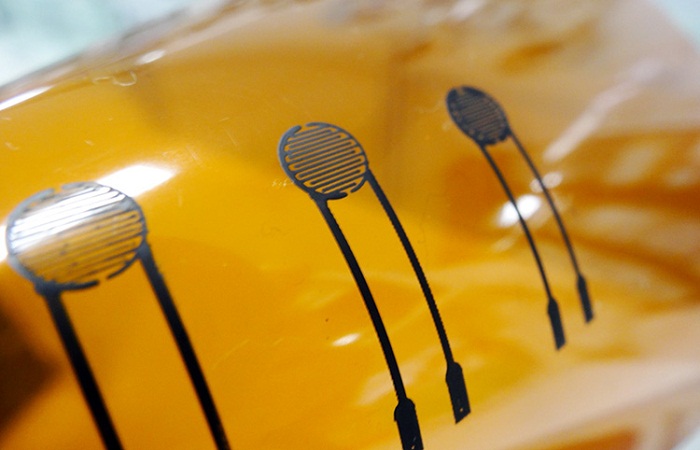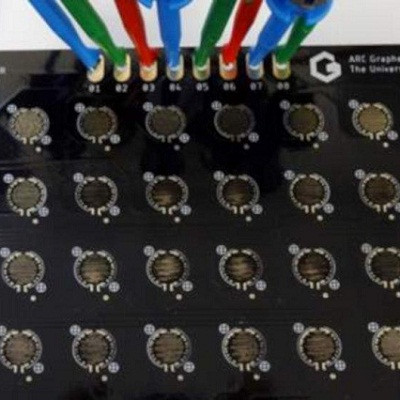Archer Materials Ltd has progressed its graphene-based biosensor technology development by building a first-phase prototype device to test the printing and performance of graphene inks.
Graphene ink formulations produced from the inventory of Carbon Allotropes, a wholly-owned subsidiary of Archer, have been successfully printed and tested in a prototype device for biosensing. This printing process could potentially be translated to automated screen-printing market competitive, low-cost prototype manufacturing.
Early milestone
The prototype demonstrates a key early-stage milestone for Archer in validating the viability of graphene inks’ functionality and use for biosensor applications.
Archer CEO Dr Mohammad Choucair said: “We have reached a key development milestone towards commercially exploiting the IP underpinning the graphene-based biosensor technology.
“This achievement provides support for a full patent application, that would give Archer exclusive rights to commercially benefit from the IP.
“The materials and processes used to build the prototypes are not prohibitively expensive, which is an advantage in the printable biosensor market.”
Array of electrodes
This biosensor technology was built at the University of Adelaide ARC Graphene Hub. Each prototype circuit board integrates an array of 32 gold-coated-nickel interdigitated electrodes, which are connected to a computer to monitor, test, and collect data in real-time.
The electrodes are prototyping components and the final design and chemistry of these are subject to change. Graphene inks are printed directly onto the electrodes using aligned extrusion printing to create the sensors.
Electrochemical properties
The sensors displayed excellent electrochemical properties, which is a fundamental requirement for Archer’s biosensing technology. A functional biosensor still requires the measurement of biomolecules on the graphene surface.
Graphene inks were printed and patterned as interdigitated electrodes on various substrates to demonstrate versatility and robustness, including transparent and flexible materials for biosensing applications.

Printed Graphene interdigitated electrodes (black patterns) patterned with micronsized features on a flexible film substrate.
The high-quality graphene used in the graphene ink formulations is prepared from non-graphitic feedstocks and is available in the inventory of Carbon Allotropes.
Strengthened IP position
Using in-house alternatives to graphite for processing graphene inks strengthens Archer’s independent IP ownership position. The quantity and quality of the non-graphitic graphene used is suitable for rapid prototyping and future device integration. Archer maintains 100% ownership of the provisional patent lodged to protect the graphene inks and prototype technology intellectual property (IP).
Development focus
The development focus is on manufacturing a commercially viable graphene-based biosensor technology and the registration of a full patent application protecting the underlying materials technology IP.
This involves optimising ink formulations and their processing methods linked to the provisional patent claims and identifying transduction methods, bioreceptors, analytes, coupling and assay reagents for the proper function of the biosensor technology.
Commercialisation path
Archer intends to commercialise the biosensing technology by seeking to establish commercial partnerships, including licensing agreements, with highly resourced organisations including biotechnology companies, that could allow for product scale, IP transfer and distribution channels.
The company is developing a potential solution to printable biosensors capable of complex detection of disease. This potentially disruptive solution to point of care diagnostics involves the use of graphene, the thinnest material known, which could act as an ultrasensitive biochemical interface.
The uniqueness of such a biosensor is the use of digital manufacturing to print critical graphene components integrated into one sensor. Development of printable graphene biosensors is envisioned to impact industries servicing human health, including medical diagnostics.
Read the original article on Proactive Investors.
